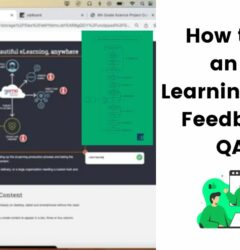7 Ways To Implement A Learner-Centric Approach To e-Learning Design
25 Jan

Table of Contents
ToggleLearners are one of the most important stakeholders in an e-Learning project. Designing and developing courses with them in mind can lead to a better chance of the project being successful.
How To Implement A Learner-Centric Approach To e-Learning Design
Whether in corporate offices or in schools, the fact that e-Learning participation is on an upward trend is undeniable. It is estimated that half of all K12 schools will have a form of e-Learning by 2019 and that the global corporate e-learning market will grow steadily at about 11% every year.
There is, however, no one-size-fits-all approach when it comes to e-Learning methodologies and strategies. Each project and course has its own set of challenges and stakeholders associated with it. Having said that, one aspect of e-Learning that cannot be ignored no matter what is the learner who will finally consume the course.

Learner success is one of the core metrics, according to which we judge the success of the project. Ensuring that learners are engaged and that the ideas in the course can be transferred from theory to practical application by the learner are important factors to keep in mind when designing the e-Learning course.
That is why it is vital to have a learner-oriented approach when building the experience. Here are some strategies to implement a learner-oriented approach:
e-Learning Quality Assurance Checklist with use cases and examples
1. Making Courses Responsive And Accessible
Courses are consumed on a variety of different devices and platforms today. Designing courses accordingly is important. No longer are learners only accessing courses in a designated classroom or on the desktop computer. Tabs, laptops, and mobiles have all become a source of e-Learning.

This presents Instructional Designers with both challenges and opportunities. A significant challenge is ensuring consistent design and delivery of the course. On the other hand, e-Learning can now reach a wider audience of learners because there is less dependency on the mode of delivery. There can be better engagement beyond a dedicated classroom. Also, courses can be more personalized.
2. Branching Scenarios
For greater efficacy and better retention on the learner’s end, courses need to be customized for more personalization. While it would not be practical to deliver an extremely personalized experience to each individual learner, generic courses can be customized further to serve separate cohorts of learners.
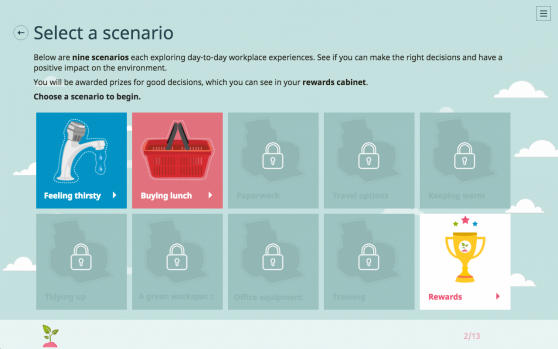
A simple example is in classroom learning solutions for young children. Branching scenarios can be created for students with different areas of interest within one topic. Based on responses and actions during a course, different prompts can increase engagement. This also translates to better retention.
3. Gamification
Gamification is a great way to make learning more fun for the learner. It creates a sense of achievement for the learner and a better connection with the course material. With gamification comes the power of narrative and checkpoints to a course. Each milestone completed is a certain point reached in the learner’s journey towards an end goal.

Rewards, points, even in-course credits, create an atmosphere where the learner is getting positive reinforcement for their time invested in learning. With a concept like “levels”, learners can gauge progress and evaluate how much they have absorbed from the course. Growth Engineering is one example of a team that has embraced this concept fully and is building on the advantages of gamification to bring learners closer to the course material.
4. Breaking Up The Course Into Smaller Pieces
It is no secret that people have shorter attention spans today in almost any activity they undertake. The same applies to e-Learning. Long lectures and tasks are not very effective for engagement or retention. Instead, topics broken down into short and concise subheads leave a better impression on the learner. This concept has already gained traction with microlearning. Learners absorb the material better in short bursts and have greater control over how they can proceed effectively.
5. Moving Beyond Slide Thinking
The tools and resources available for creating and consuming e-Learning are definitely evolving. But there is still a disposition towards slide-based thinking in some cases. There are barriers that come with thinking of the course in terms of slides and screens. For one thing, it’s not interactive and ties the learner into a one-way train moving from slide to slide. There is no way for the learner to explore more by clicking and navigating on their own. Another issue is that as course material and structure become more complicated and elaborate, the slide-based approach is not very flexible and maneuverable to accommodate the necessary complexity.
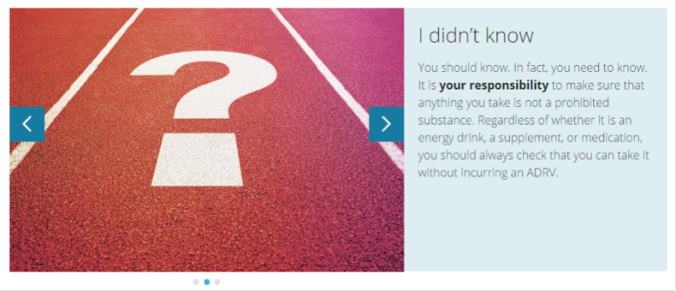
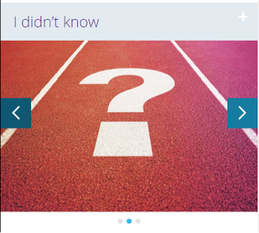

Of course, the nature of conventional authoring tools, previously, was a factor in the adherence to a slide-based approach. This, however, has changed now. The tools available to Instructional Designers are more accommodating today. The Adapt authoring tool is one example of this. HTML5-based courses provide more freedom in design, they are more engaging and are also easier to maintain. Another advantage is the possibility of agile development, rather than a step-by-step approach, as is the case with slides.
6. Integrate Learner Feedback To Improve And Iterate
Internal course reviews are essential to measuring accuracy, functionality, and consistency. But in a learner-centric approach, learners are the central stakeholders. And so, gathering their feedback is absolutely vital. Learner feedback needs to be a continuous process. This way you can gauge whether the goals of the learners are satisfied by the course or not, what areas are effectively communicating the point and which ones can be improved etc. Understanding the learner and their environment better can also inform the Instructional Designer about the inherent challenges in consuming the course, such as technical barriers.
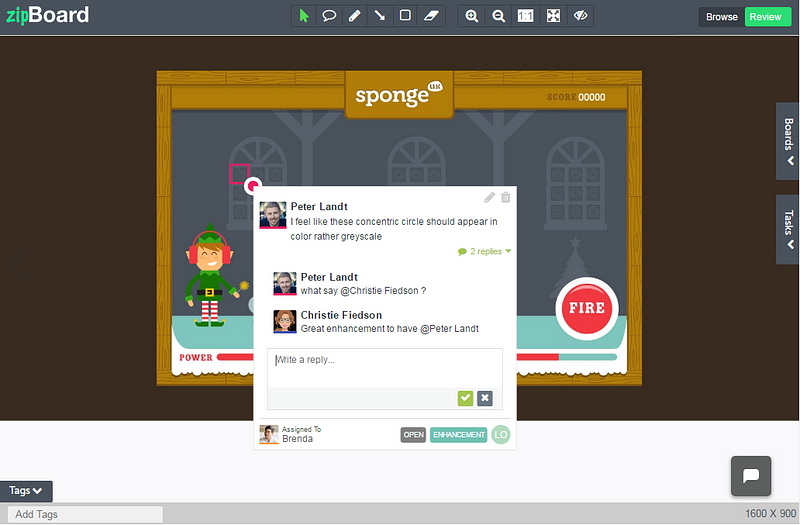
Conducting a survey of the end learners is good practice. But often, this loses out on contextual feedback during the course. A great way to get real-time e-Learning course reviews is via zipBoard. With a simple shareable link, Instructional Designers can get valuable feedback with specific annotations and screenshots
7. Encouraging Social Interaction
One of the most common feelings associated with learning is being part of a community. Ingrained in everyone from their time at school and college, people relate terms like ‘classroom’ instantly with learning. Learning simultaneously with others, and sharing the experience, is one thing that e-Learning greatly needs. Developing courses so that they feel inclusive and simulate the same experience for the learner as being part of a class of students helps drive learning and knowledge retention.

This is one reason why massively organized online courses (MOOCs), like Coursera, have been so successful. With each course, there is a thread or forum where learners can help each other, discuss challenges and solutions, and brainstorm ideas.
Conclusion
There are great benefits of incorporating a learner-centric approach to e-Learning design because active participation from the learner’s side is one of the essentials for a successful e-Learning project. Incorporating these tips into your e-Learning course design and development can help make it more likely to connect with learners.
Request Demo
Request a personalized demo of zipBoard to re-design your courses for a better learner experience that starts with better collaboration
Get DemoRecent Posts
- Why Your Team Needs a Content Feedback System (Not Just Comments in Docs) May 28, 2025
- Content Approvals Are Slowing You Down — Here’s the Fix May 26, 2025
- How to Streamline Content Review and Approval — Best Practices, Tools & Automation May 12, 2025
- What Is Content Operations? And Why It Breaks Without a Feedback & Approval System May 3, 2025
- Why Designers Need a Website Visual Feedback Tool: Improve Design Reviews & Client Collaboration April 25, 2025
©️ Copyright 2023 zipBoard Tech. All rights reserved.

